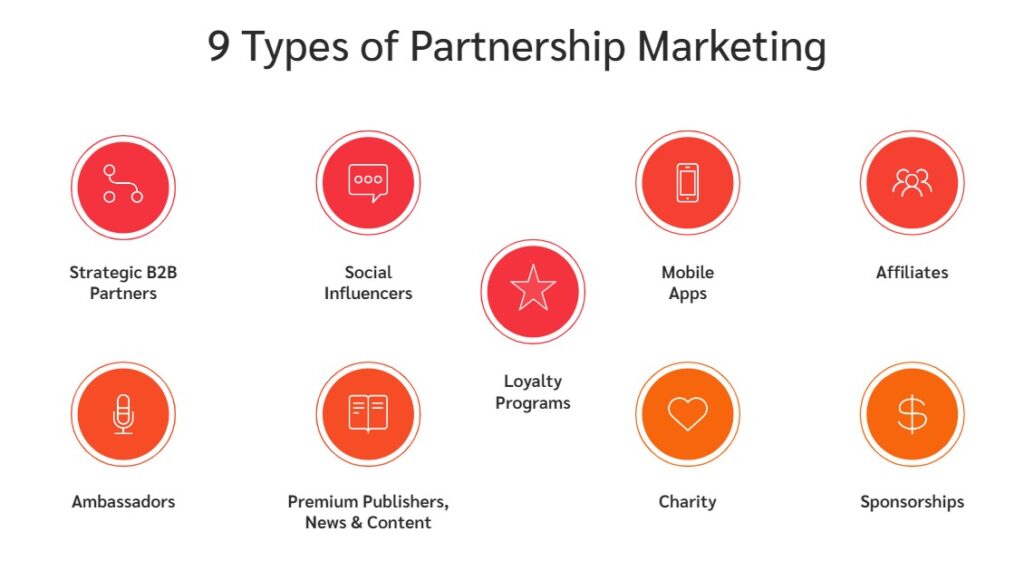The Asian ecommerce market is growing steadily, hitting US $1 trillion in 2016. For ecommerce brands, this rapid increase in consumer spending signals a ripe opportunity to explore affiliate marketing strategies, which can account for anywhere between 5% to 30% of a brand’s online revenue.
The Asian Market is Ready for Affiliates & Partners
Based on my recent visits to Singapore and China, along with conversations with global brands, it’s become clear that marketers within the region are aware of the vast potential and are eager to explore affiliate marketing strategies. In the west, successful companies like Amazon receive 650 million visitors a month through its performance-based partner channel — clearly, the doors are open for Asian brands.
On the surface, this is a smart way to tap into sales and steadily grow revenue. But upon closer inspection, affiliate marketing — at least in its historic western model — will not allow marketers to achieve their KPIs in the Asian market. For brands to succeed with similar strategies, they need to put a uniquely Asian spin on their efforts, leveraging the unique aspects of the Asian market to their advantage.
The Western affiliate marketing model and why it doesn’t work in Asia
To understand why, let’s quickly summarize the western affiliate model: In its earliest iteration, affiliate marketing was a volume game focused on finding as many publishers as possible to promote products and services, regardless of quality or brand fit. The next phase focused on identifying the high-performing affiliates responsible for the majority of a program’s revenue. And while the western model continues to evolve, it doesn’t translate to Asia, for a number of reasons.
To begin with, consumer behavior is different in Asia than it is in the western world, and it continues changing at high speed. Consumers primarily go online via a mobile device, with desktop pushed to the margins. In Q1 2018, mobile accounted for nearly 75% of online transactions in the wider APAC region, with in-app purchases accounting for nearly two-thirds of those purchases, according to Criteo. A traditional browser-based tracking model simply won’t work in a mobile dominant market.
As global brands push into the market and competition grows, waste and inefficiency are more noticeable and less acceptable than they are in western affiliate marketing. As a result, marketers need to focus more on customer experience and invest in local branding, rather than focusing on revenue. At Affiliate Summit APAC, Joel Leong, the co-founder of Shopback, said that the company has found tremendous success through its mobile app by focusing on functionality that customers find useful, even if that functionality wasn’t monetized.
This is helping Shopback grow like crazy against steep loyalty model competition that had more resources and history in the space. Marketers, particularly in Asia, should ask themselves more frequently, “What type of user experience do I want?” as opposed to “how am I going to get more traffic?” Shopback’s success comes from deploying cool features like price comparison, the average arrival time for food delivery, and cash back on phone bill reloading. One other area marketers might find opportunity is through app deep linking, which is still not heavily used in the market, despite apps and experience being important.
When recruiting partners, many marketers either screen everyone (causing huge manual overhead) or forego doing so (introducing significant risk for fraud). With US $18 billion expected to be lost to mobile ad fraud this year, and $56 billion by 2022, the concerns are much greater in Asia than in western markets. Because recruitment must still cast a wide net, the best strategy is closer to an “ask first, screen later” approach. It takes only seconds to approach potential partners, and it’s far more efficient to screen the smaller pool that has responded “yes,” than it is to screen every possible partner before recruitment.
Partner Types Matter
The types of partners matter, too. Within the Asian market, social, search and ecommerce blend together more than they do elsewhere. Many Asian countries frequently rank among the highest in average number of daily hours spent using social media, creating an environment where influencers carry more weight in partner-marketing strategies. Alibaba’s marketing arm, Alimama, has found great success using a key opinion leader (KOL) model.

Finally, there is the fact that the western model is not well understood by marketing departments, executives, and even by the potential affiliates themselves. Part of this comes down to terminology — “affiliate” strategies aren’t as widely known as “partnerships,” or other forms of collaborative marketing. This makes it difficult for marketing teams to secure the necessary budget to start and maintain sustainable affiliate programs.
These factors create a situation where marketers need to develop a uniquely Asian riff on the affiliate channel, one that intersects with existing partnership efforts and focuses on customer value over monetization. In effect, Asia can leapfrog the affiliate marketing tactics of the past and instead focus on a superior system that is based more on the expectations of Asian consumers and partnerships. This model would focus on social influencers, mobile tracking, and customized regional approaches.
A Partner Marketing Model Unique to Asia
Partnership development is far from the first business model to receive a uniquely Asian spin. WeChat’s dominance in China proves that even a global powerhouse like Facebook may not have the same appeal as it does in the western world. And there are already admirable programs running within Asia. Shopback is growing massively in Singapore, winning business while raising more than $40 million. Other Asian brands, like Agoda, Zalora, Lazada and Taobao, are also using the partnership channel to grow their businesses.
In some ways, Asian marketers have the advantage of defining their own model, based on their business practices and consumer behaviors. The key thing to remember is that the partnership channel (which is actually many channels) is built on innovation, so marketers should be willing to explore new opportunities and types of partnerships to get ahead. The real movers in the next era of Asian ecommerce are the ones who won’t bind themselves to the western model and will continue to push the envelope.




